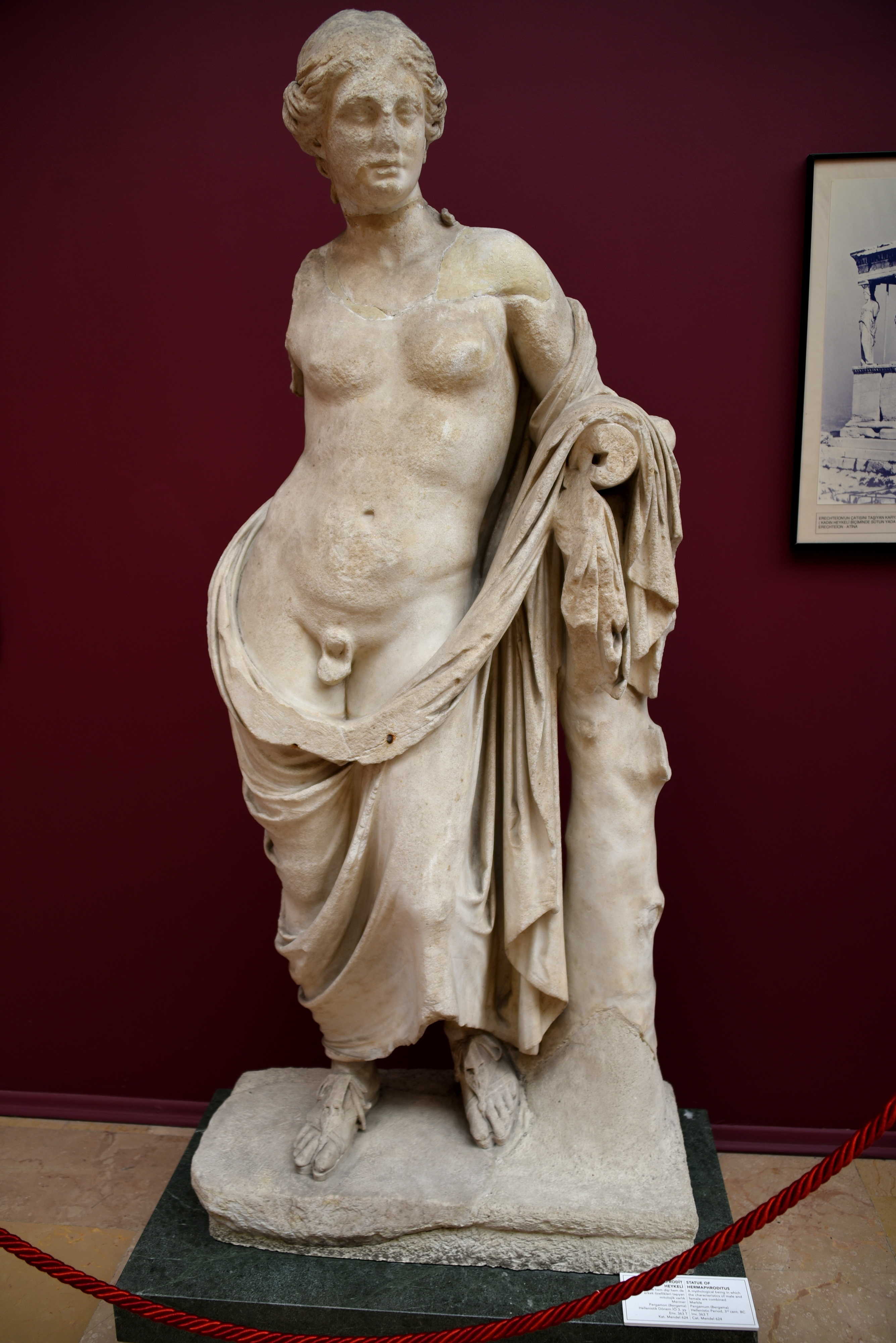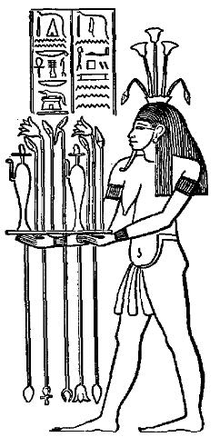intersex
further readings
readings
Further Reading: How other cultures see sex
Indigenous People
Two-spirit people: Native American gender identity, sexuality, and spirituality, by Sue-Ellen Jacobs, Wesley Thomas, Sabine Lang, Urbana : University of Illinois Press, 1997. The chapter of particular interest is Wesley Thomas’ ‘Navajo cultural constructions of gender and sexuality’, wherein five sexual orientations are identified.
Before European Christians Forced Gender Roles, Native Americans Acknowledged 5 Genders, by Pearson McKinney, June 19, 2016. http://churchandstate.org.uk/2016/07/before-european-christians-forced-gender-roles-native-americans-acknowledged-5-genders/
Indigenous languages recognize gender states not even named in English, by Angela Sterritt, Globe and Mail, March 10, 2016. Article about Indigenous gender-role fluidity, and the role of Indigenous languages in recognizing the wide range of possibilities. https://beta.theglobeandmail.com/life/health-and-fitness/health/indigenous-languages-recognize-gender-states-not-even-named-in-english/article29130778/?ref=http%3A%2F%2Fwww.theglobeandmail.com&service=mobile
Winyanktehca: Two-souls person, by Marjorie Anne Napewastewiñ Schützer, paper presented to the European Network of Professionals in Transsexualism, August 1994. Published by Free University Hospital Dept. of Endrocrinology/Andrology, P.O. Box 7057, 1007 MB Amsterdam, The Netherlands. Available online at http://www.gender.org.uk/conf/trilogy/winkte.htm
*Please note that not all indigenous cultures are monolithic and that there are a variety of interpretations and roles that different genders fill beyond the colonial understanding.
Africa
The Agony of Lost Identity, Intersex People in Nigeria, https://www.youtube.com/watch?v=s_vvQLJgMIQ An 8-minute video about intersex people in Nigeria, their non-existent legal status and other challenges.
Born This Way: Tribulations of Inter-Sex Community in Kenya, a 30-minute video about the intersex community in Kenya. https://www.youtube.com/watch?v=4Azdf8LHCic
United States of America
*a 7-minute video reviewing five books about intersex: Delusions of Gender by Cordelia Fine, Galileo’s Middle Finger by Alice Dreger, Golden Boy by Abigail Tarttelin, None of the Above by I.W. Gregorio, Contesting Intersexby Georgiann Davis. https://www.youtube.com/watch?v=k8HWBDTKFVM
China
yin-yang ren: a Chinese term which may refer to both intersex or transgender people.
South America
Guevedoces is an accepted and normalized intersex variation seen in the Dominican Republic. It is often translated as “Boy at 12,” because that is the age at which children presumed to be female will begin to develop male secondary sex characteristics and are then fully accepted as male in that culture.
Guevote: The Way I Feel Is The Way I Am – a film directed by Rolando Sanchez about thirty-eight machi-embra (intersex) people in the Dominican Republic and the way in which their families, partners and other villagers respond to them. The film appears to have been produced in response to earlier research: Julliane Imperato-McGinley et al, ‘Androgens and the Evolution of Male Gender Identity Among Male Psuedo-Hermaphrodites’, New England Journal of Medicine, No 300, 1979. Article citing film at: https://newint.org/features/1998/04/05/trans/
Judaism
The androgynos is one of the six sexes in the Talmud, Mishnah and other rabbinic texts. The notion of androgynos is one who is intersex or someone displaying both male and female characteristics. See the Jewish Encyclopedia: http://www.jewishencyclopedia.com/articles/1508-androgynos-hermaphrodite, wherein it is suggested that Adam had both sexes (paragraph 2).
The notion of Tumtum, one whose gender is unknown because their genitalia is covered or hidden. This article on Wikipedia: https://en.wikipedia.org/wiki/Tumtum_(Judaism)
A discussion of the differences between Tumtum and androgynos, and the kosher approach to each: http://www.daat.ac.il/daat/english/journal/cohen-1.htm
Terms for Gender Diversity in Classical Jewish Texts, by Rabbi Elliot Kukla, TransTorah, 2006.
Gender Diversity in Halacha (The way we walk): Mishna and Tosefta (1st-2nd (1st-2nd centuries C.E.), by Rabbi Elliot Kukla, TransTorah, 2006. https://mail.google.com/mail/u/0/?ui=2&ik=327aa1be1b&view=att&th=15b15373277be24e&attid=0.2&disp=safe&realattid=f_j0sr4wga1&zw
“Both the Talmud and the Tosefta, the Jewish books of law, list extensive regulations for people of mixed sex. The Tosefta expressly forbids hermaphrodites to inherit their fathers’ estates (like daughters), to seclude themselves with women (like sons) or to shave (like men). When hermaphrodites menstruate they must be isolated from men (like women); they are disqualified from serving as witnesses or as priests (like women), but the laws of pederasty apply to them.” – The Five Sexes: Why Male and Female and Not Enough, by Anne Fausto-Sterling, The Sciences, March/April 1993, pp. 20-24.
Ancient Egypt
Hapi was the god of the annual flooding of the Nile in ancient Egyptian religion. The flood deposited rich silt (fertile soil) on the river’s banks, allowing the Egyptians to grow crops. Hapi was greatly celebrated among the Egyptians. Some of the titles of Hapi were, Lord of the Fish and Birds of the Marshes and Lord of the River Bringing Vegetation. Hapi is typically depicted as an intersex person with a large belly and pendulous breasts, wearing a loincloth and ceremonial false beard. https://traveltoeat.com/hapi-egyptian-god-of-the-nile-flood/
Ancient Greece and Rome
Freaks: Myths and Images of the Second Self, by Leslie Fielder, New York: Simon & Schuster, 1978.
Hermaphroditus, son of Hermes and Aphrodite: http://www.maicar.com/GML/Hermaphroditus.html (nice image). See also: http://asiaminor.ehw.gr/Forms/fLemmaBody.aspx?lemmaid=8130#chapter_2. See also Wikipedia entry (it’s quite extensive): https://en.wikipedia.org/wiki/Hermaphroditus

late Dionysus. Earliest Dionysus portrayed him as a mature man, but the later cult shows him as a beardless, sensuous, naked or half-naked androgynous youth: the literature describes him as womanly or “man-womanish”. Otto, Walter F. (1995). Dionysus Myth and Cult. Indiana University Press. ISBN 0-253-20891-2.
Agdistis, a deity of Greek, Roman, and Anatolian mythology, possessing both male and female sexual organs and connected with the Phrygian workshop of Attis and Cybele. Their androgyny was seen as symbolic of wild and uncontrollable nature. It was this trait that was threatening to the gods and ultimately led to their destruction. See http://www.mlahanas.de/Greeks/Mythology/Agdistis.html and http://www.theoi.com/Phrygios/Agdistis.html
Europe
Ancient:
Sexual Variance in society and history, by Vern Bullough, New York: Wiley, 1976.
Middle-Ages:
Herculine Barbin, by Michel Foucault, New York: Pantheon, 1978.
“European Mysticism/Alchemy: The Rebis… is sometimes described as the divine hermaphrodite…” From: https://www.thoughtco.com/rebis-from-theoria-philosophiae-hermeticae-95751
The Norse god Odin shapeshifted into the form of a woman for one year, during which time he had an affair with Loki.
Papua New Guinea
Uli figures, hermaphroditic wooden statues representing ancestral or mythological figures who are important during particular ceremonies https://www.britannica.com/art/uli-figure-Papuan-sculpture

India
Ardhanarishvara, who is a composite androgynous form of the Hindu God Shiva and His consort Parvati. See Wikipedia entry: https://en.wikipedia.org/wiki/Ardhanarishvara

Vaikuntha-Kamalaja (or Lakshmi-Narayana) is a composite androgynous form of the Hindu god Vishnu and his consort Lakshmi. Though inspired by the much more popular Ardhanarishvara form of the god Shiva, Vaikuntha-Kamalaja is a rare form, mostly restricted to Nepal and the Kashmir region of India. See Wikipedia entry and links: https://en.wikipedia.org/wiki/Vaikuntha_Kamalaja
Hijra, people from northern India who live neither as men nor women. See http://www.encyclopedia.com/philosophy-and-religion/islam/islam/hijra See also this British perspective in an article from the Daily Mail: http://www.dailymail.co.uk/news/article-2852834/Hidden-world-hijras-Inside-India-s-4-000-year-old-transgender-community-religious-respect-doesn-t-protect-modern-day-discrimination.html
Japan
Futanari (ふたなり?, seldom: 二形, 双形, literally: dual form; 二成, 双成, literally: [to be of] two kinds) is the Japanese word for hermaphroditism. See Wikipedia entry and links: https://en.wikipedia.org/wiki/Futanari
n Japanese folklore, Futanari are people who can switch between male and female genital forms, depending on the phase of the moon. Currently, the word “Futanari” is also used to describe a form of anime porn about hermaphrodites.
Tibet
They have officially 3 sexes, male, female and hermaphrodite.
Body and Spirit: Tibetan Medical Paintings. Laila Williamson and Serinity Young, (eds.) New York: American Museum of Natural History in association with University of Washington Press, Seattle, 2009.
The Buddha’s Art of Healing: Tibetan Paintings Rediscovered, by John Avedon et al, 1998.
http://allibrary.co/download/buddhas-art-of-healing-tibetan-paintings-rediscovered.pdf
Other
Third Sex, Third Gender: Beyond Sexual Dimorphism in Culture and History, G. Herdt, ed., New York: Zone Books, 1994.
“These eleven essays in history and anthropology offer a novel perspective on these debates by questioning the place of sexual dimorphism in culture and history. They propose a new role for the study of alternative sex and gender systems in cultural science, as a means of critiquing thinking that privileges standard male/female gender distinctions and rejects the natural basis of other forms of sexuality.
The essays cover a wide range of times and cultures, starting in the Byzantine Empire and moving eclectically forward, with a special focus on the seventeenth through nineteenth centuries. The anthropological studies include the Native American berdache, the Indian Hijras caste, hermaphrodites in Melanesia, third genders in Indonesia and the Balkans, and transsexuals in America.”
Fictional androgynes (the list is partial and incomplete):
https://en.wikipedia.org/wiki/Category:Fictional_androgynes . See also Séraphita, https://en.wikipedia.org/wiki/S%C3%A9raph%C3%AEta . See also Ursula K. Leguin, The Left Hand of Darkness.
On-line exhibit on Gender Identity at the British Museum website, focusing on intersex deities:http://www.britishmuseum.org/explore/themes/same-sex_desire_and_gender/gender_identity.aspx#1
Wikipedia article on intersex through history: https://en.wikipedia.org/wiki/Intersex_in_history and an associated timeline of intersex in history: https://en.wikipedia.org/wiki/Timeline_of_intersex_history (many entries in both).

